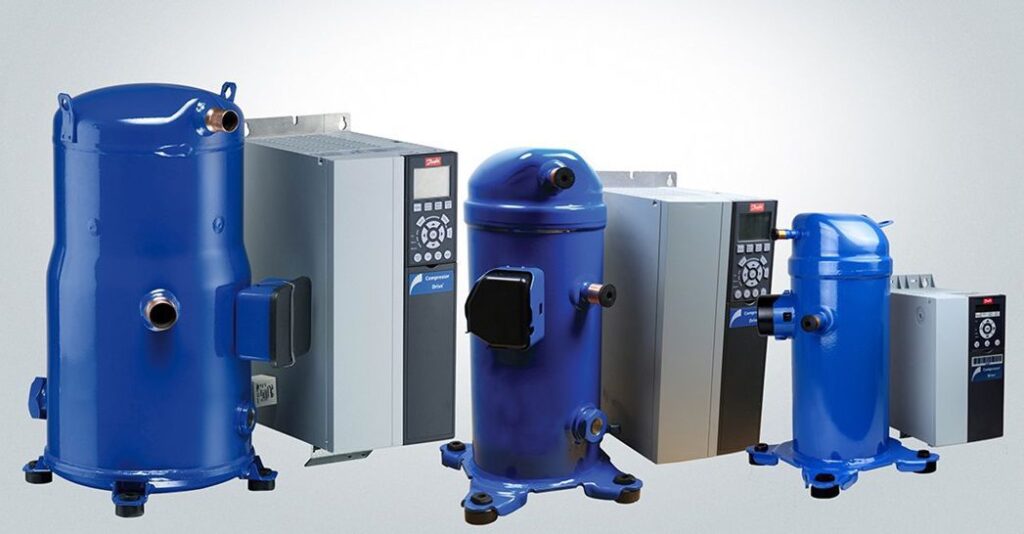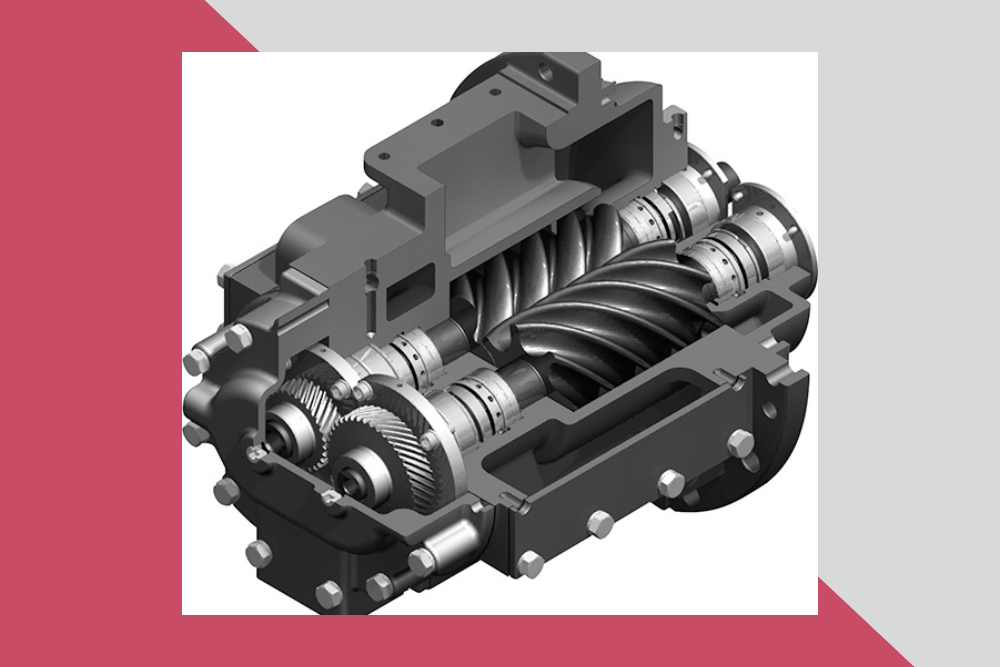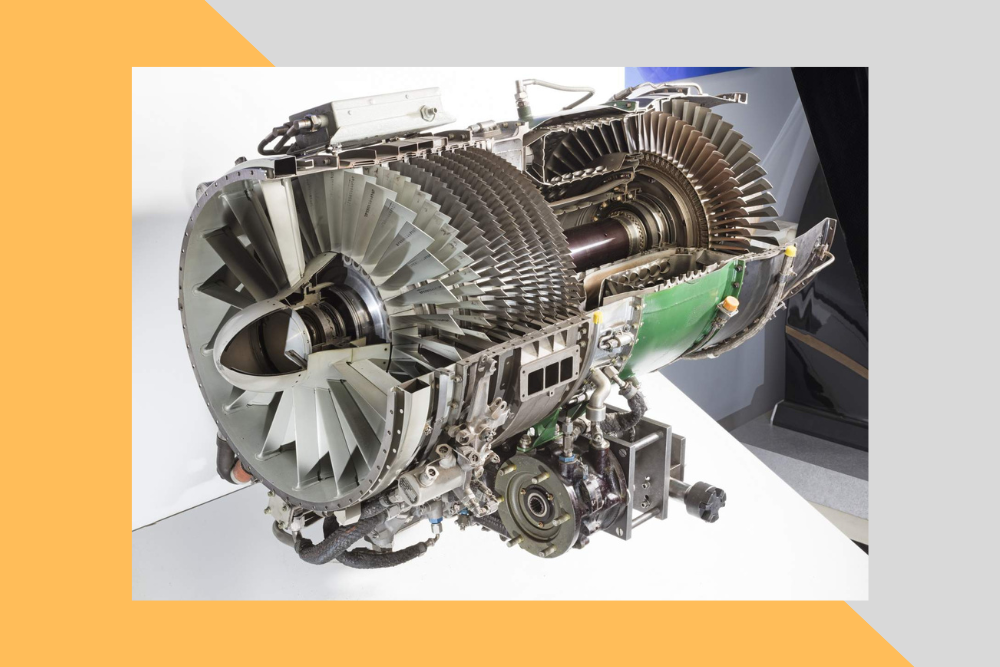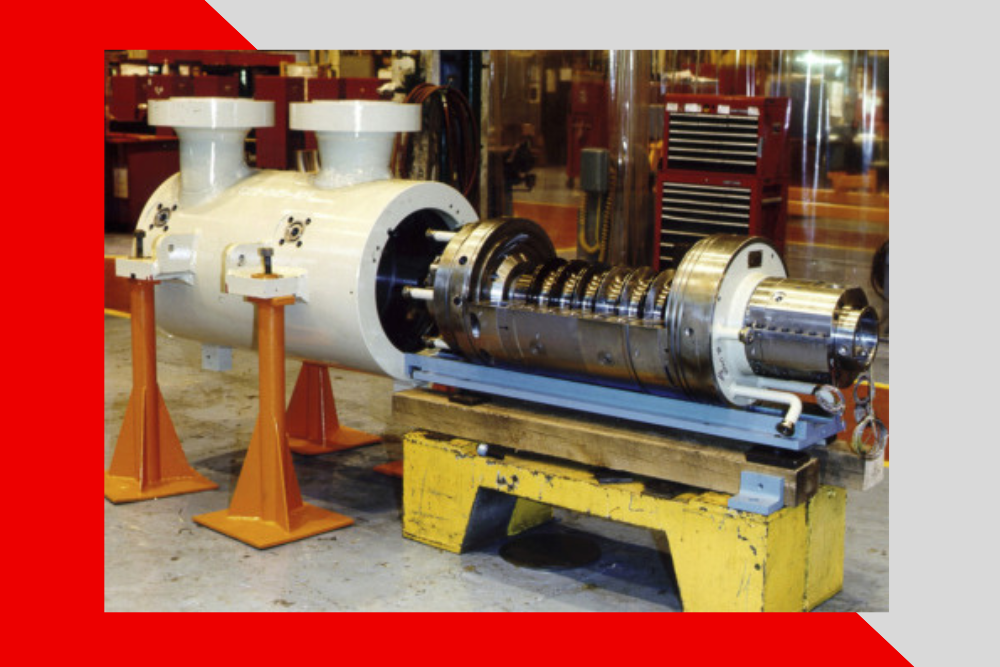Compressor: a tool for mechanically reducing a gas’s volume in order to raise its pressure. The gas that is compressed the most commonly is air, although other industrially significant gases such as oxygen, nitrogen, and natural gas are also compressed. Positive displacement, centrifugal, and axial compressors are the three main categories of compressors. Positive displacement compressors are typically of the reciprocating piston type, where the gas is first drawn in during the piston’s suction stroke, then compressed by shrinking the volume of the gas by moving the piston anticlockwise, and finally discharged when the gas pressure exceeds the pressure acting on the outlet valve. For providing little volumes of a gas at relatively high pressures, reciprocating compressors are helpful.

Types of Compressor
Based on their internal processes, compressors are classified as either positive displacement or dynamic displacement. The four most prevalent air compressor types are:

Rotary Screw Compressors
Rotary screw compressors compress gas by using two spiral rotors that mesh extremely closely. Timing gears in a dry-running rotary-screw compressor guarantee that the male and female rotors remain precisely aligned without contact, which would cause fast wear.

Axial Compressors
In most building projects, axial air compressors are not used. They are most typically seen in high-speed engines used on ships and planes. Axial compressors are very efficient but significantly more costly than other types of air compressors.

Centrifugal Compressors
Centrifugal air compressors slow and cool incoming air using a diffuser to generate potential energy. Centrifugal compressors may create a large quantity of energy in a small unit due to their multi-phase compression process.
Office 2109 Churchill tower business Bay Dubai
+971505426921
Give us a call
Support@BrownKangarooGeneralTrading.com
24/7 online support
